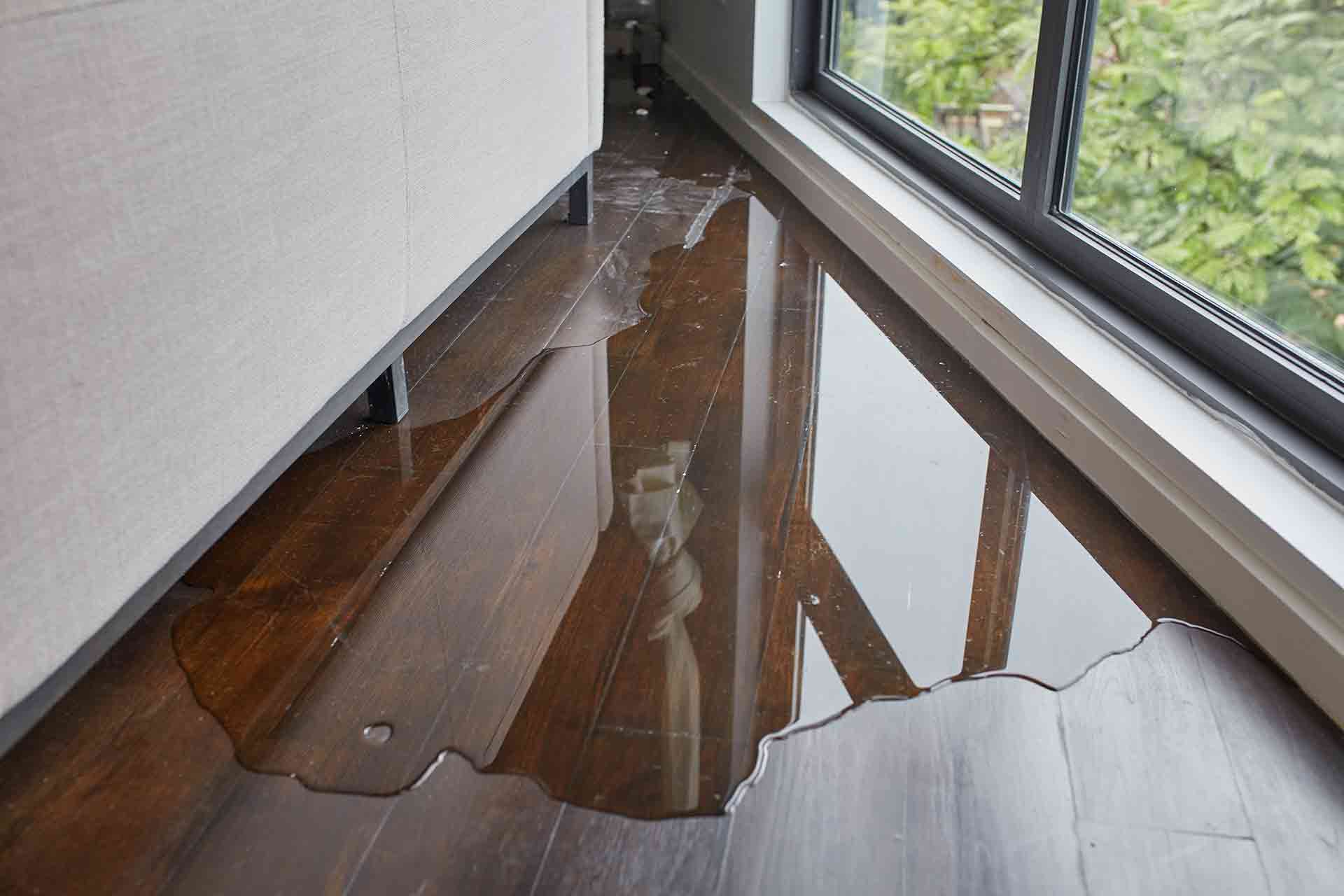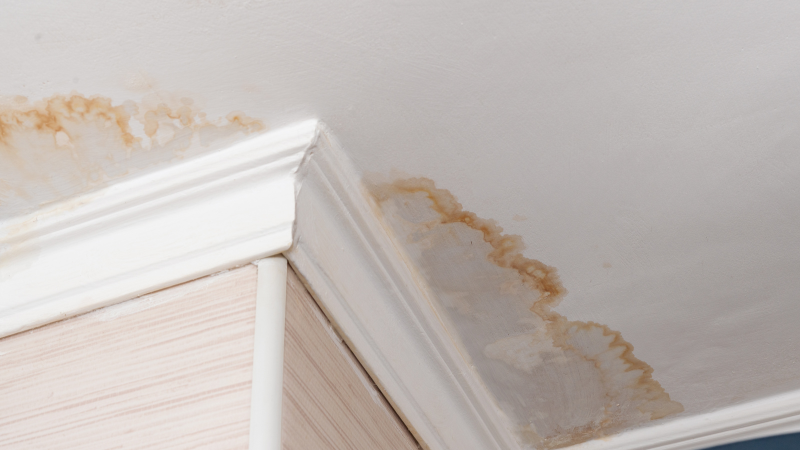How to Help Prevent Water Damage in Your Bathroom
How to Help Prevent Water Damage in Your Bathroom
Blog Article
In this article down the page you can get lots of incredibly good help and advice on the subject of How to Fix a Water Damage Bathroom.

The bathroom is very at risk for moist build-up as well as possible water damage because of the constant use of water in it. This short article supplies simple evaluation strategies to help spotting water damage dangers.
The constant use of water in the restroom makes it very at risk for moist accumulation as well as possible water damages. By inspecting it routinely, you can decrease water associated problems.
The adhering to collection of inspections is easy to carry out as well as must be done as soon as in every 3 months in order to maintain your bathroom healthy and also to prevent potential water damages triggered by the tub, the shower, pipeline joints as well as plumbing, sinks, closets, and also the commode
Do not forget performing these inspections and be thorough while performing them. Remember that these straightforward examinations can conserve you a great deal of money by offering early indications for water damages
Sinks and also Cabinets
Sinks as well as cupboards are subjected to moisture and moisture day-to-day and are often overlooked. Evaluate consistently under the sink as well as on the counter top above it. Fix any type of drip in the trap as it may recommend drainpipe issues. Look around the sink, sluggish draining pipes may show an obstructed drain. Change sink seals if they are split or loose.
Bathtub and Shower
The shower and bath tub need special focus as well as maintenance. Examine the ceramic tiles and change if split. Ensure that there is no missing cement between the floor tiles. Check and change broken caulking at joints where the walls fulfill the floor or the bath tub. Blocked drains and also pipes troubles will prevent the tub from drying and also may show major problems underneath the bathtub. Seek advice from an expert quickly to avoid structural damages. Pay attention to stainings or soft areas around the bath tub walls as they might indicate an interior leak.
Plumbing
Signs for water damages are tough to discover since many pipelines are installed inside the wall surfaces.
Pay special interest to flooring as well as wall surfaces moisture and also stains as they might show an unnoticeable plumbing trouble. Check dampness levels in adjoining rooms too.
The Bathroom
The commode is a vulnerable water joint. Inspect the water lines and also search for leakages around the toilet seat, in the pipe, and under the water storage tank. If you detect any type of signs of wetness on the flooring around the toilet, look for leaks in the toilet rim and also tank seals.
Know that hanging toilet bowl antiperspirants enhances the opportunities for clogs.
Water Damage Signs In The Bathroom To Avoid Cleanup
Musty smell
This is one of the easiest signs to catch because musty smells are so odorous. The damp, earthy, moldy smell should be a big red flag. The smell will develop when moisture gets trapped in surfaces, and begins to facilitate mold growth. Leaking pipes under cabinets, inside walls, and behind shower fixtures will cause moisture to stay trapped and not dry, which will lead to mold growth and spread. As soon as you notice any musty smells in your bathroom, have it checked for hidden water damage and cleanup signs.
Visible mold
If the smell isn’t there to give it away, sometimes you will actually see mold growth. Finding mold in your bathroom is a serious problem, because mold is very harmful to your health. By the time mold growth is visible, it also means that water damage has already occurred and been present for some time. The only way the mold problem can be resolved is to find the source of the moisture and get it stopped. To safely and adequately remove mold, you need to have professionals handle the remediation. Do not waste any time in getting mold problems addressed, fixed, and sanitized so that you can protect you and your family from the many respiratory symptoms caused by mold exposure.
Damaged floors
Bathroom floors should be able to withstand some exposure to water while still remaining in good condition. However, when excess exposure or water leaks occur, they will begin to damage even the most water-resistant flooring. If you notice any cracking, bubbling, staining, or warping on your bathroom floors, there is probably a water leak somewhere causing the distortion. If you notice areas of the floor have become softer, or even have a spongy feeling, there is probably damage to the subfloor. Subflooring is typically made up of plywood. When plywood is exposed to water or moisture, it will absorb it. Once it has become saturated, the weight of the excess water will cause the wood to swell and soften. Check the floors in your bathroom frequently to catch any of these sings before they lead to damaged subflooring.
Changes on walls
When water leaks behind walls, it will cause changes in the drywall. Peeling plaster, blistering paint, and soggy wallpaper are all good indicators that excess water is building up behind the wall. Water leaking behind drywall will cause it to swell and be soft to the tough. If you start to notice gaps along the trim of your walls, or where tile meets the wall, it could also be a strong indicator that there is a leak behind the wall. Any changes, distortion, or damage on the walls should be evaluated as soon as you notice it to prevent further water damage and cleanup.

I discovered that article on How to Fix a Water Damage Bathroom when doing a search on the internet. Are you aware of somebody who is fascinated by How to Prevent Bathroom Water Damage? Feel free to share it. I treasure reading our article about How to Repair and Prevent Bathroom Water Damage.
Rates Report this page